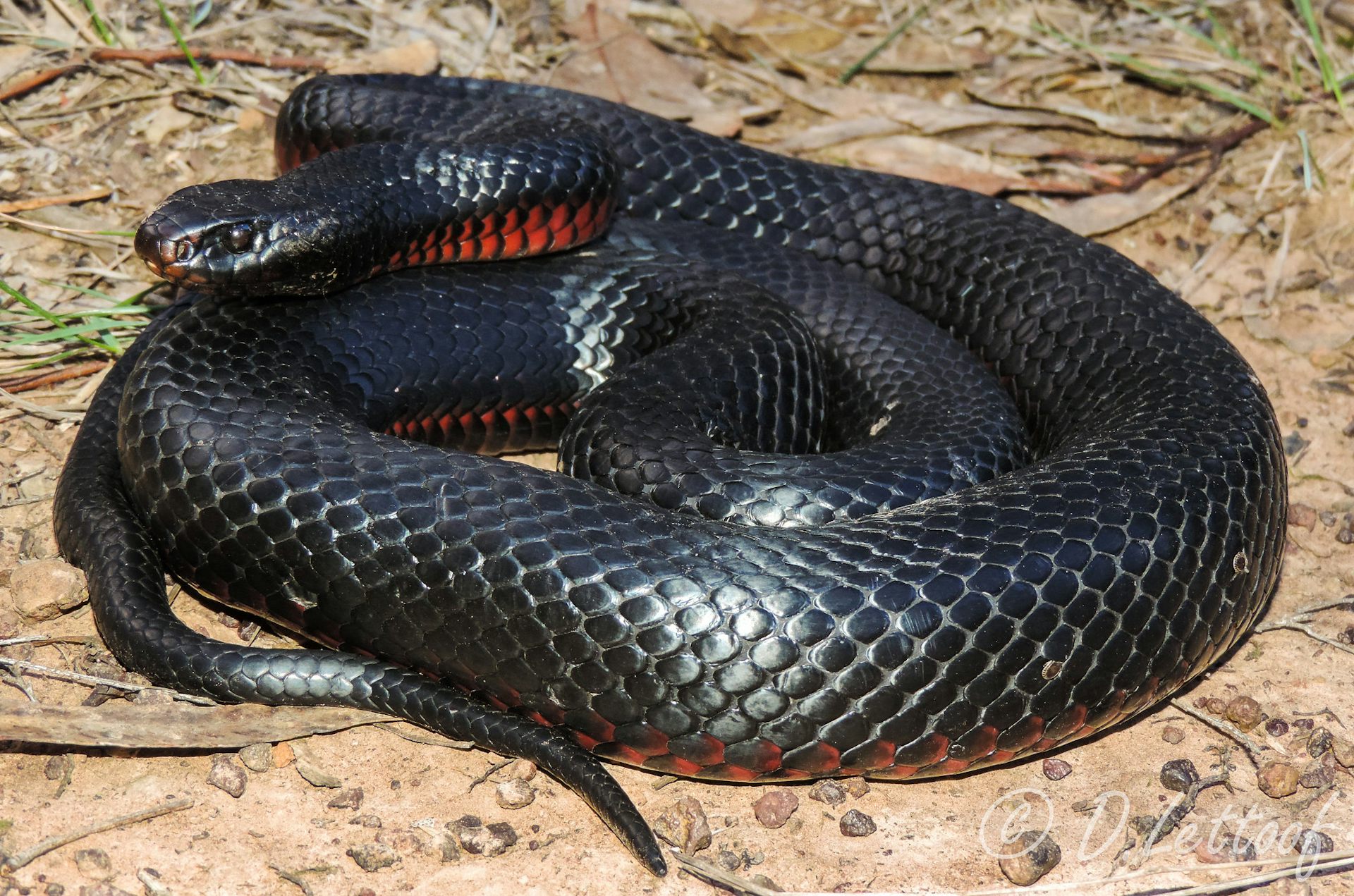Introduction
Snake attacks are a serious medical emergency situation that can take place in numerous environments, specifically in areas where serpents are prevalent. In Australia alone, there are countless varieties of poisonous snakes such as the Tiger Serpent, Eastern Brown Serpent, and King Brown Serpent. Recognizing how to effectively manage snake bites is crucial for any person that hangs out outdoors or lives in rural areas. This article will certainly explore comprehensive emergency treatment management strategies for snake attacks and outline best techniques for reacting to these incidents.
First Aid Management of Snake Bites: Finest Practices for every single Situation
When managing a snake bite, the preliminary Aggressive Australian snakes action can substantially impact the victim's end result. Immediate activity is essential due to the fact that quick medical intervention often figures out the extent of injury or survival price. Below are necessary emergency treatment principles to remember:
Stay Calm: The initial step in managing a serpent bite is to remain calm. Panic can elevate heart rates and enhance the spread of poison throughout the body. Call for Help: Dial emergency situation solutions quickly. Provide them with your area and any type of information concerning the snake if possible. Keep the Victim Still: Motivate the victim to remain as still as possible. Activity can increase blood flow, increasing poison absorption into the bloodstream. Positioning: If feasible, position the affected arm or leg at or below heart level. This positioning assists decrease poison spread. Remove Limited Clothing: Loosen any type of clothes or fashion jewelry around the bite website; swelling might occur quickly after a serpent bite. Do Not Apply Ice/Cold Packs: Unlike popular belief, using ice can aggravate cells damages and must be avoided.Understanding Serpent Species and Their Habitats
Tiger Serpents and Their Habitat
Tiger serpents (Notechis scutatus) are among Australia's the majority of notorious venomous serpents as a result of their hostile nature and powerful venom.
- Habitat: They typically live in seaside areas, wetlands, and locations with dense plants like marshes and swamps. Risks: Recognition of local tiger serpent habitats can lower the danger of experiencing one unexpectedly.
Eastern Brown Snakes: A Significant Threat
The Eastern Brown Serpent (Pseudonaja Behavior of venomous snakes textilis) is an additional highly venomous varieties located throughout eastern Australia.
- Habitat: This snake flourishes in city locations, agricultural lands, and grasslands. Behavior: Recognized for its fast strikes when endangered, comprehending its habits might assist alleviate encounters.
Recognizing Signs and symptoms of Snake Bites
Identifying signs and symptoms at an early stage can improve possibilities of efficient treatment:
Local Symptoms:- Pain and swelling around the bite site Discoloration or bruising
- Nausea or vomiting Difficulty breathing Signs of shock (e.g., pale skin, rapid heart beat)
First Help Protocols for Details Serpent Bites
First Help for Tiger Serpent Bite
In instance of a tiger serpent bite:
Stay calmness; keep still. Call emergency services immediately. Immobilize the impacted arm or leg making use of a splint if available. Do not attempt to draw out poison or use ice.First Aid for Eastern Brown Serpent Bite
For an eastern brown serpent bite:
Keep tranquility; comfort the victim. Call emergency situation solutions without delay. Position them conveniently while avoiding movement. Mark the sides of swelling with a pen if possible for observation.
Creating Your Snake Bite Emergency Treatment Kit
A well-prepared first aid package can make all the difference during emergency situations:
|Item|Objective|| -------------------------------|---------------------------------------------------|| Compression bandages|To incapacitate arm or legs|| Clean and sterile gauze|To cover injuries|| Antihistamines|For copperhead snake tasmania allergic reactions|| Emergency call numbers|Quick access during crises|| User's manual|Step-by-step guidance on managing emergencies|
What Must You Never ever Do When Treating a Snake Bite?
Here's a checklist of typical pitfalls when dealing with serpent bites:
Do not apply tourniquets; they can create more injury than good. Avoid reducing into or attempting to suck out poison from the wound. Never supply alcohol or stimulants to victims as it might worsen their condition.
FAQs Concerning First Aid Management of Snake Bites
1. What should I do if I see a snake?
Stay tranquility and pull back slowly without sudden movements.
2. Just how do I determine if a snake is venomous?
Research local varieties' characteristics; lots of have distinct color patterns or markings.


3. Can I make use of ice on a serpent bite?
No, applying ice can increase cells damage.
4. How much time do I have after being bitten before seeking medical attention?
Seek clinical focus immediately-- time is essential with venomous bites!
5. Is it risk-free to drive myself to the health center after a bite?
No! It's risky as symptoms may get worse en path; wait on specialist help.
6. Are all snakes in Australia dangerous?
No! While Australia has numerous hazardous snakes, there are also non-venomous types that pose no threat.
Conclusion
The first aid monitoring of serpent attacks calls for punctual activity combined with expertise concerning neighborhood species' behavior and environments like those of tiger serpents and eastern brown snakes in Australia. By adhering to ideal methods detailed above-- such as continuing to be calmness, calling emergency situation solutions quickly, and recognizing what not to do-- you considerably improve survival possibilities after such crashes occur.
Equipping yourself with expertise regarding different kinds of serpents in your area and preparing an ideal first aid set will ensure you prepare should an encounter arise-- making you far better prepared to manage this potentially lethal situation effectively!
